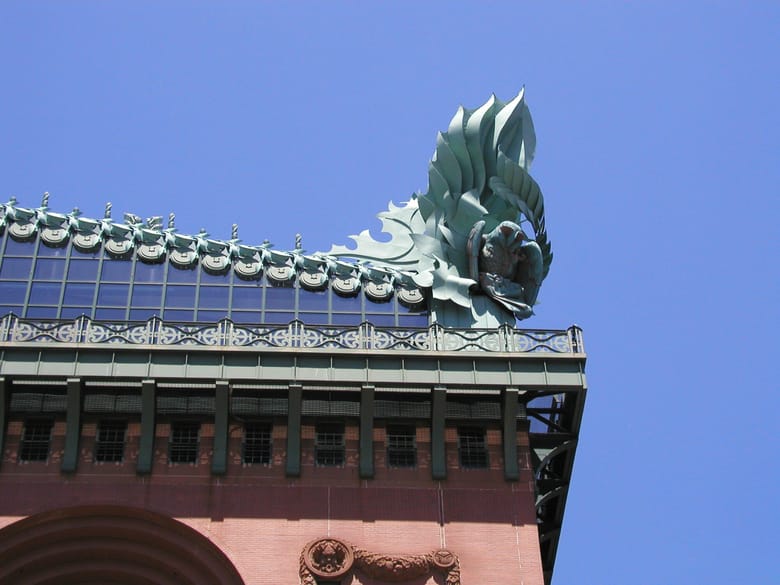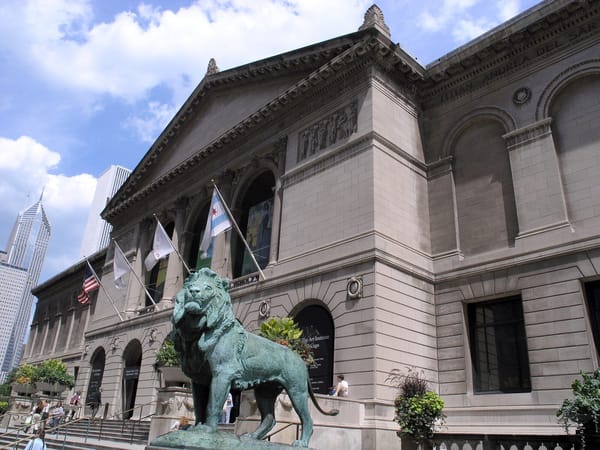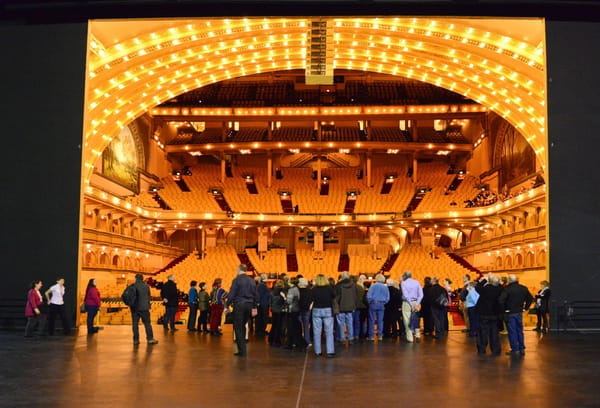Acroteria are the pedestal and sculpture at the top and lower sides of a triangular pediment; originally found in ancient Classical buildings.
The use of acroteria dates back to ancient Greece and Rome. The term acroteria originates from the Greek word “acroterion”, meaning “extremity” or “summit”. These decorative elements were primarily added to the pediments crowning the facades of temples and public buildings.
Acroteria serve both symbolic and ornamental purposes. Symbolically, they were often representations of mythological figures, deities, or creatures, while ornamentally, acroteria enhanced the visual appeal of the building, adding a sense of grandeur and refinement.
Today, acroteria can be seen in various architectural styles, from classical revivals to postmodern designs that draw inspiration from historical aesthetics. Though their use is not as widespread as in ancient times, acroteria remain a captivating reminder of the impact of classical architecture on the art and practice of building design.






















